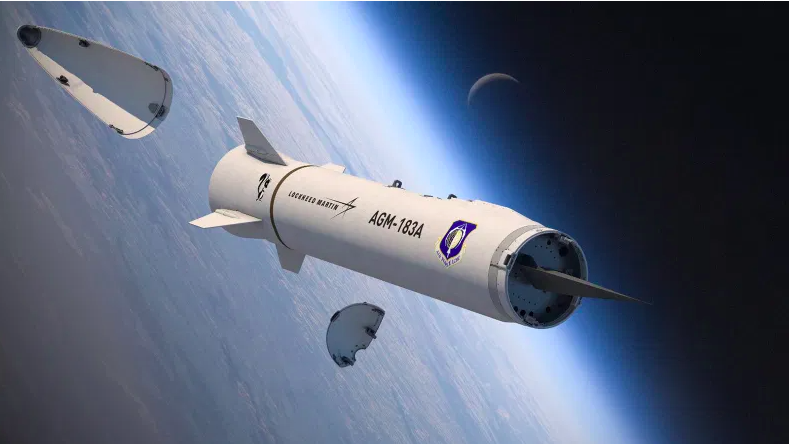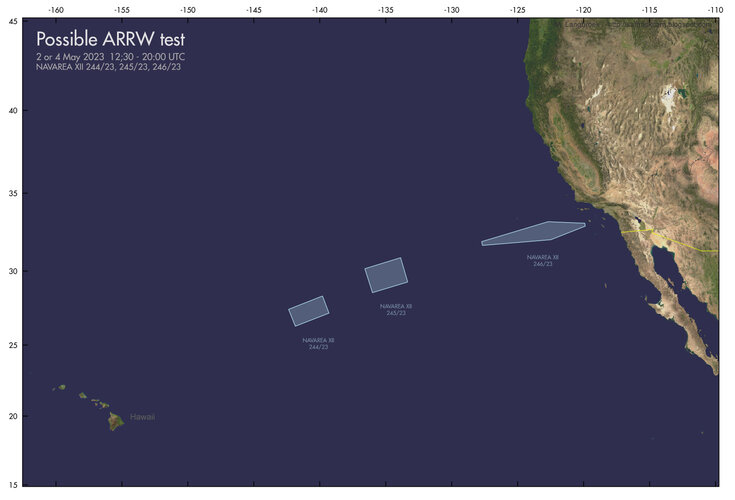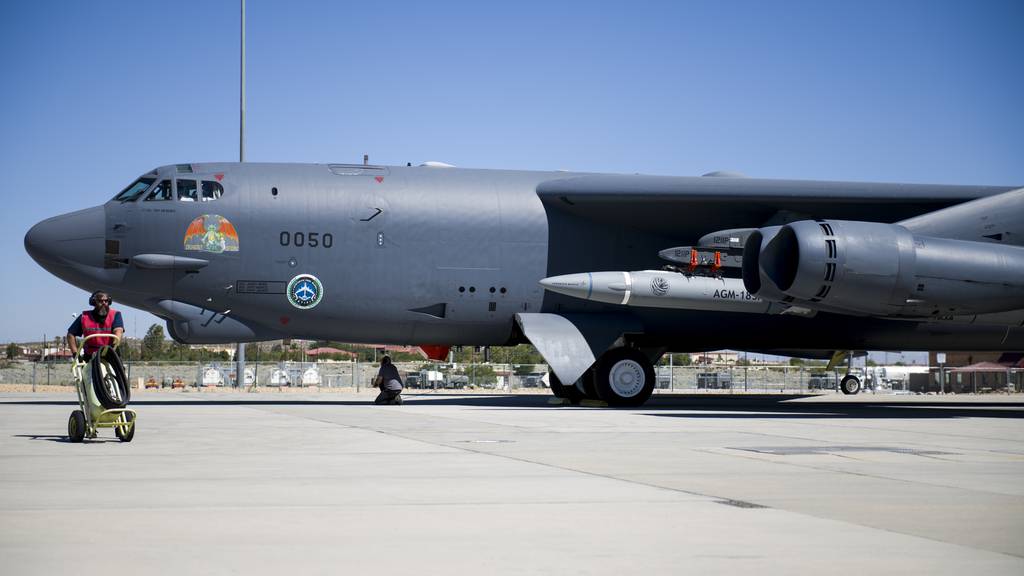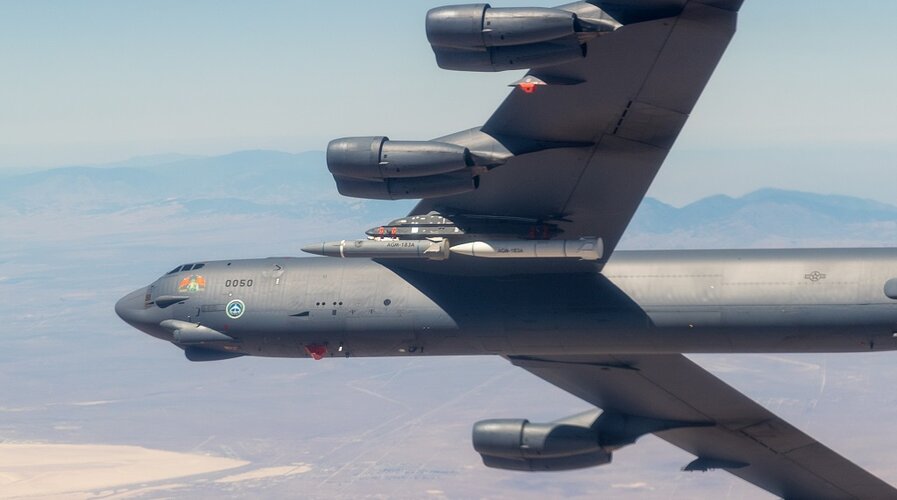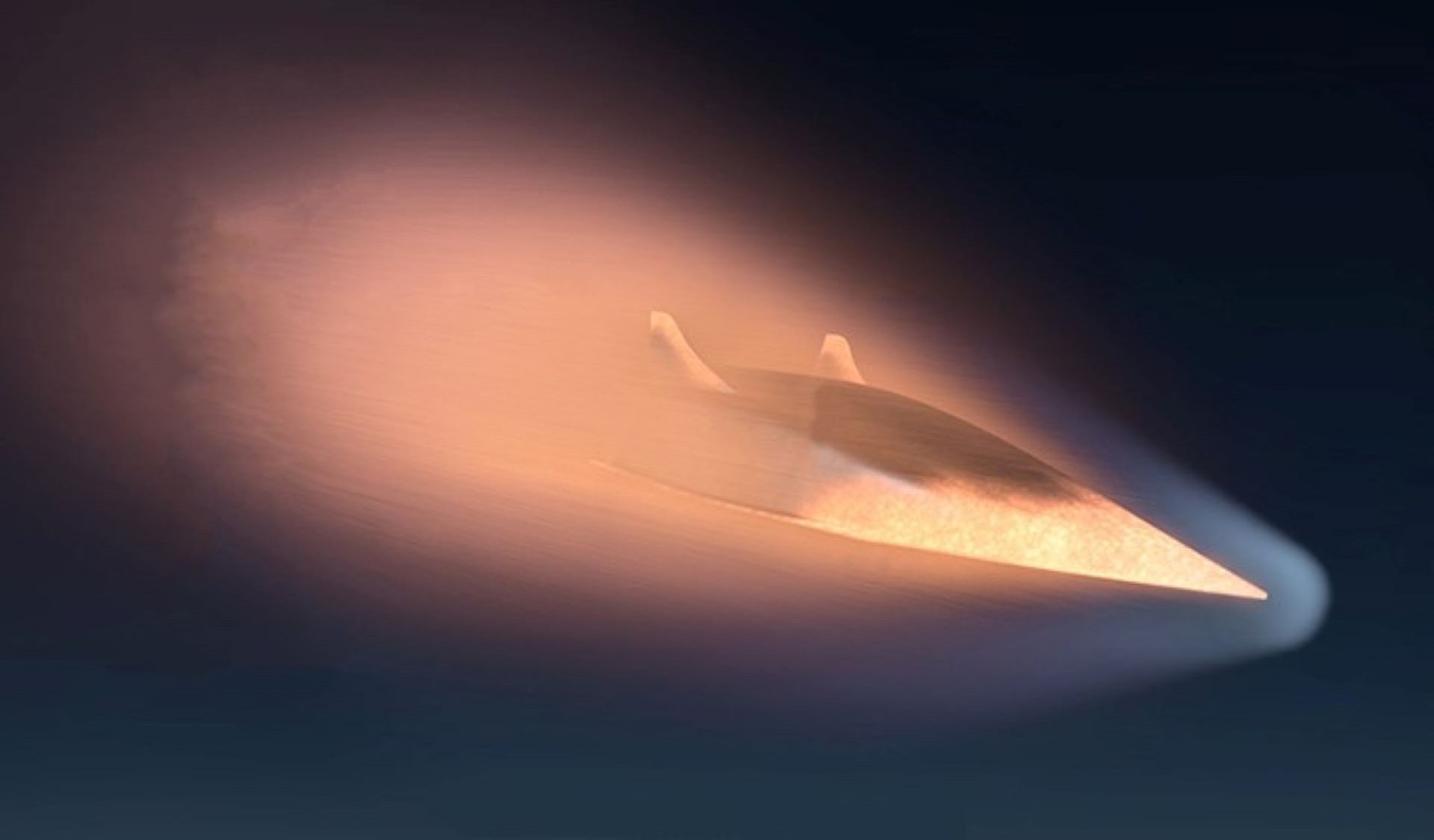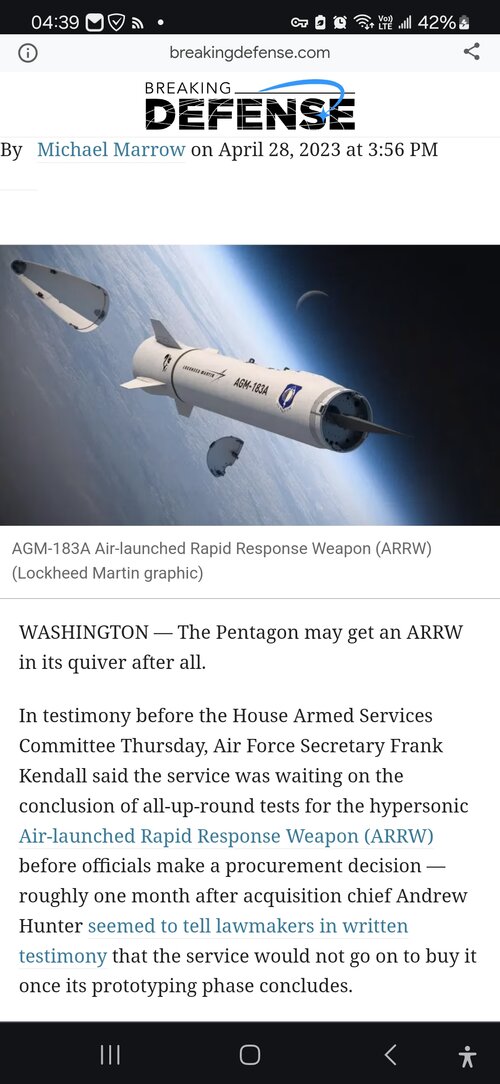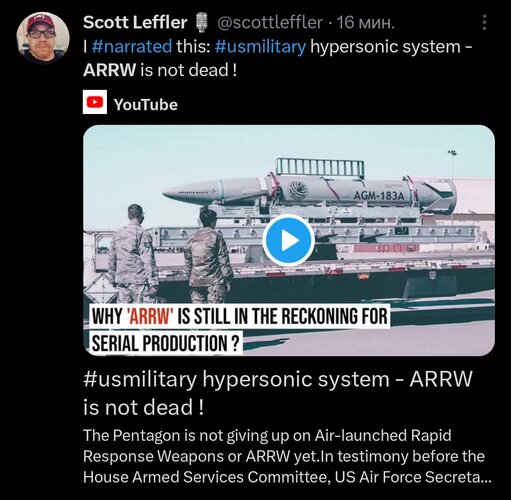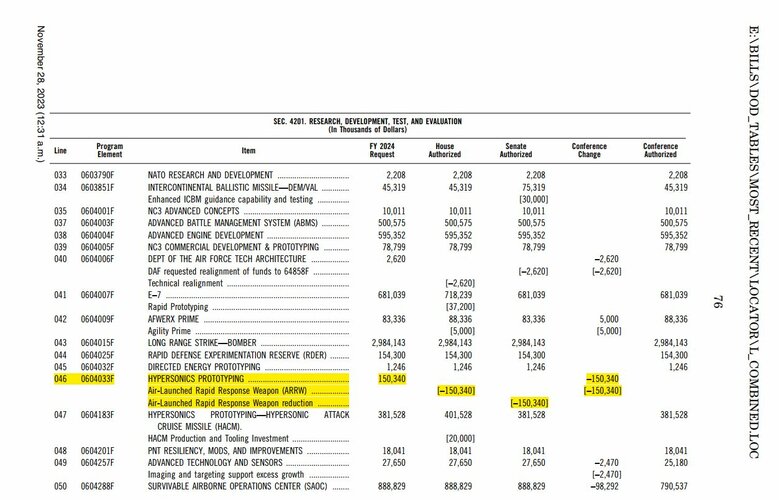bring_it_on
I really should change my personal text
- Joined
- 4 July 2013
- Messages
- 3,668
- Reaction score
- 3,825
Same thing that happened to Skybolt. It’s still canceled.
What are the odds that heads will be rolling, metaphorically speaking, in the senior USAF ranks if this happens?
Why would heads roll? They took a calculated risk which they are allowed to under the Mid tier acquisition track they are on. They backed the program, and are still backing it through completion. A MTA rapid prototyping program does not automatically qualify to become a program of record. These programs should be allowed to fail, or succeed and still not go anywhere based on decisions that the service makes after they have been green lighted to proceed into a 3-5 year rapid prototyping program. Heads would need to roll only if the analytical reasoning behind the current decision is deeply flawed. Interestingly, the service acquisition head said on a recent defense and aero podcast that they service will make the final production decision on the ARRW during the FY-25 budget process. So as minute as it is, they might still decide to buy a limited quantity, but as things stand it seems that they want to direct their hypersonic dollars into HACM. The AF has actually asked for $150 MM in FY-2024 funding to complete ARRW. They committed to a MTA and to develop fieldable prototypes and have not changed that approach.
Last edited:

